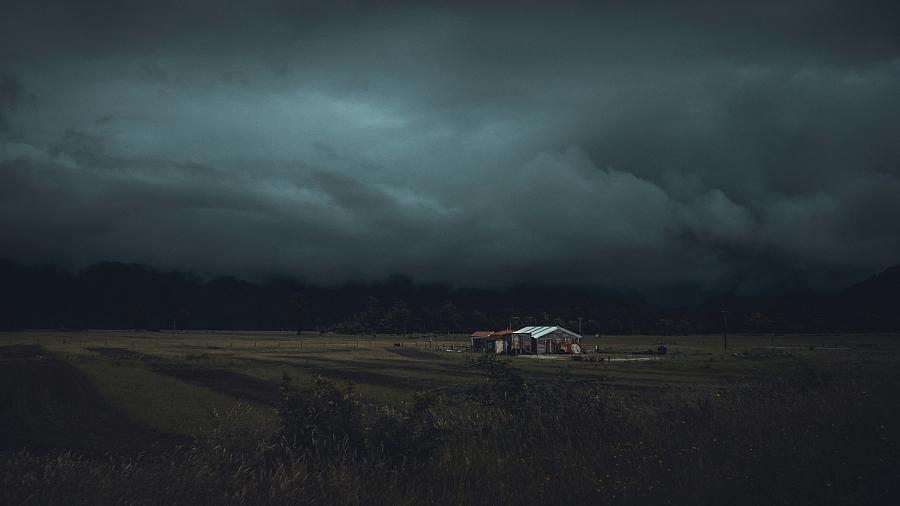Nevada’s domestic violence survivors face barriers at every step, and very real pain

Photo by Antoine Barrès via Unsplash
For some Nevadans, home is a place of refuge, warmth and safety. For others, it’s a domestic violence shelter or a house where violence and abuse sit at the kitchen table because there isn’t a domestic violence shelter for hours. Or the police can’t or won’t take the case. Or collecting physical evidence after a domestic violence incident requires driving hours to a different county and waiting longer in a hospital for a lone nurse to perform a forensic exam — leaving women unable to wash or change their clothes.
Nevada ranks fourth in the nation for its rate of interpersonal violence, and 44% of women in the state experience domestic violence in their lifetime — above than the national average, according to a University of Nevada, Las Vegas research brief. Where these women live can limit their ability to leave, or pursue prosecution. My reporting for the 2023 Domestic Violence Impact Reporting Fund set out to document the steep challenges domestic violence victims face in accessing care, services and support in the state.
For the Shoshone-Paiute Tribes on the Duck Valley Indian Reservation, addressing domestic violence requires navigating a messy web of legal jurisdiction issues between federal, local, and tribal law. There are no clear guidelines or avenues for tribes to pursue legal recourse for non-Native perpetrators on the reservation. For smaller tribes like the Shoshone-Paiute Tribes, the resources, and staff to navigate these systems aren’t there, according to Kathy Gibson, the rural project coordinator of Napuha Kha Nii Programs, the domestic violence and sexual assault programs for the Shoshone-Paiute.
As domestic violence cases work their way through the judicial system, survivors face another barrier — housing, which was the most commonly unmet need for domestic violence survivors, according to the National Network to End Domestic Violence’s 17th Annual Domestic Violence Counts report. The state budget for the next two years does not include dedicated funds for domestic violence shelters, although some nonprofits can use grants to help women find shelter.
Nevada has made some progress in removing barriers, like making strangulation exams by nurses trained to collect forensic evidence free. These exams are a crucial part of gathering evidence to prove abuse happened in the courts, getting temporary restraining orders, and acceptance into shelters and social services.
Some of the changes needed, like improving support for small tribes and training enough nurses to perform free forensic exams, are larger in scope and will take time to change. Other barriers to supporting domestic abuse survivors could be easily done at the next legislative session in 2025, should lawmakers decide to do so.
One of the biggest challenges I faced while covering these issues was ensuring I was reporting without causing harm. Two of the stories featured personal narratives from women experiencing domestic violence in Nevada and who had ongoing cases. One of those narratives was cut completely when it became apparent that there was a risk to her well-being by sharing her story. The other personal narrative was edited last minute to exclude her first name, since she was going through a divorce with her abuser.
I often found myself struggling to convey the reality of what so many Nevadans enduring domestic violence face, without putting those very same people in harm's way — legally or physically. There’s a heavy emotional toll that comes with bearing witness to these stories, particularly when they mirrored the domestic violence I experienced as a child.
Each journalist has to decide for themselves the lengths they are willing to go for a story while weighing the public’s right to that knowledge. While I believe in being tough on public officials, I couldn’t justify writing something that could hurt someone experiencing domestic violence, even if it would make for a more impactful story.
Doing this kind of reporting hurt then. It hurts now. It will continue to hurt. And to an extent, I feel as if all my best efforts and all my words are moot amid the systemic problems that existed before and will take years to fix, and only then if those who are much more influential and powerful feel the pressure to enact needed changes.
I don’t have the answers or the wisdom to prevent reporters from the anguish and vicarious trauma that comes with sitting with the pain of others that is so clearly not yours, or the silence that swallows the dinner table when you explain to family and friends what you’re writing about and how isolating these moments can be. I have reported on these topics for a decade, and it is just as despondent an experience now as it is then. I suppose the advice I do have is to have a nice hot tea or coffee on hand always, cry in the car as often as you need, talk to other journalists or mentors or your therapist or your dog, and remind yourself why you decided to do this.
But I don’t for a moment regret taking this project on, and I will always be grateful that I had the opportunity to meet, listen, and learn from all the people I interviewed for this project. There’s almost always a sliver of hope — it might come as a message from a reader or a person you interviewed, letting you know the words you wrote helped them in some small way.

